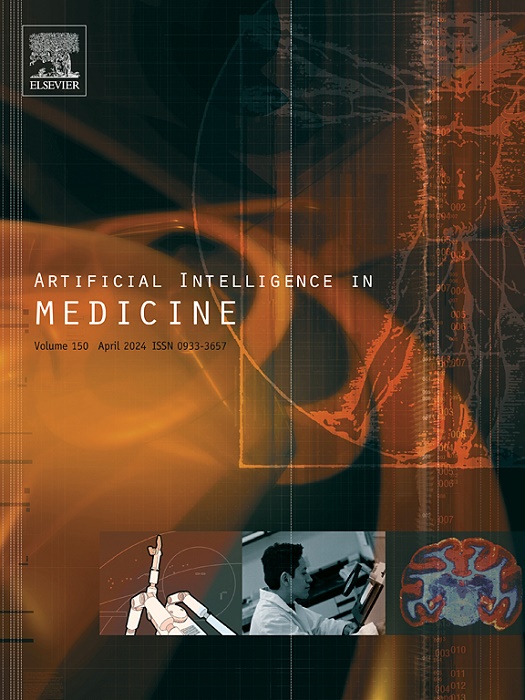TSFNet: A Temporal–Spectral Fusion Network for advanced speech emotion recognition in medical applications
IF 6.2
2区 医学
Q1 COMPUTER SCIENCE, ARTIFICIAL INTELLIGENCE
引用次数: 0
Abstract
Speech emotion recognition (SER) is a critical component in enhancing communication systems and human–machine interaction, with significant potential for applications in the medical field. Although existing SER methods that combine temporal and spectral features have achieved notable advancements, they still encounter a big challenge in capturing emotional nuances, which are vital in medical diagnostics and patient care. In this study, we introduce a straightforward yet highly efficient network called TSFNet, which is the Temporal–Spectral Fusion Network via a Large-scale Pre-trained Model. This network is specifically designed to effectively process intricate emotional nuances by seamlessly integrating temporal and spectral information present in speech signals. By leveraging the capabilities of a large-scale pre-trained model, which serves as a powerful plug-and-play component for extracting and learning the temporal characteristics of speech, TSFNet enables a more accurate capture of complex emotional details crucial for medical applications. Extensive experiments are conducted on publicly available datasets, to evaluate the performance of TSFNet. Extensive experiments conducted on six public datasets demonstrate that TSFNet significantly outperforms existing baselines, achieving unweighted accuracies of 95.57% for Savee, 92.67% for Crema-D, 85.71% for IEMOCAP, 100.00% for Tess, 95.86% for Emovo, and 80.43% for Meld. It means that TSFNet has the potential in advancing medical diagnostic tools and patient monitoring systems.
TSFNet:一种用于医学应用的高级语音情感识别的时间-频谱融合网络。
语音情感识别(SER)是增强通信系统和人机交互的重要组成部分,在医疗领域具有重要的应用潜力。尽管结合时间和光谱特征的现有SER方法取得了显着进步,但它们在捕捉情感细微差别方面仍然面临巨大挑战,而情感细微差别在医疗诊断和患者护理中至关重要。在这项研究中,我们引入了一种简单而高效的网络,称为TSFNet,它是一种通过大规模预训练模型的时间光谱融合网络。该网络通过无缝整合语音信号中的时间和频谱信息,有效地处理复杂的情感细微差别。TSFNet利用大规模预训练模型的功能,作为提取和学习语音时间特征的强大即插即用组件,能够更准确地捕捉复杂的情感细节,这对医疗应用至关重要。在公开可用的数据集上进行了大量的实验,以评估TSFNet的性能。在6个公共数据集上进行的大量实验表明,TSFNet显著优于现有基线,Savee的非加权准确率为95.57%,Crema-D为92.67%,IEMOCAP为85.71%,Tess为100.00%,Emovo为95.86%,Meld为80.43%。这意味着TSFNet在推进医疗诊断工具和患者监测系统方面具有潜力。
本文章由计算机程序翻译,如有差异,请以英文原文为准。
求助全文
约1分钟内获得全文
求助全文
来源期刊

Artificial Intelligence in Medicine
工程技术-工程:生物医学
CiteScore
15.00
自引率
2.70%
发文量
143
审稿时长
6.3 months
期刊介绍:
Artificial Intelligence in Medicine publishes original articles from a wide variety of interdisciplinary perspectives concerning the theory and practice of artificial intelligence (AI) in medicine, medically-oriented human biology, and health care.
Artificial intelligence in medicine may be characterized as the scientific discipline pertaining to research studies, projects, and applications that aim at supporting decision-based medical tasks through knowledge- and/or data-intensive computer-based solutions that ultimately support and improve the performance of a human care provider.
 求助内容:
求助内容: 应助结果提醒方式:
应助结果提醒方式:


